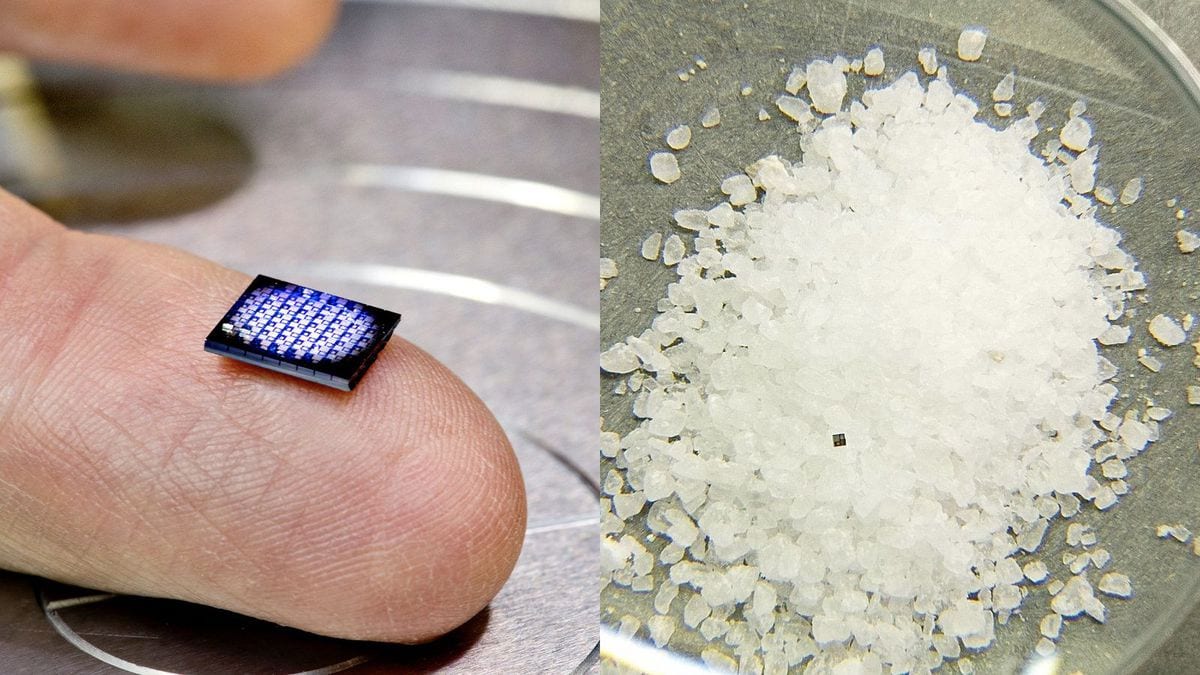IBM has invented a computer as small as a grain of salt, which will cost less than $0.10 to manufacture. It is equipped with hundreds of thousands of transistors, and has processing power equivalent to that of the 1990 x86 processor.
This almost-microscopic computer is intended for embedded systems in advanced supply chain management applications, such as tracking the shipment of goods. The blockchain-ready device is small and cheap enough to fit into any package being shipped, every day appliances, as well as the packaging of various products.
One day, this may help to facilitate the economical tracking of stolen goods, to monitor infrastructure as it ages (and it is cheap enough to be installed at various points throughout a given structure).
It may even help to track stolen vehicles, part by part! Currently, stolen cars are often scrapped for their parts, as the body and VIN may reveal their true owner. Imagine if a car had many of these devices embedded throughout!
With all that being said, this computer will require a power source, as all others. However, similar devices such as microcontrollers are already operating on currents in the microamp range, making them sustainable with a 2032 lithium coin cell.
A more powerful computer like this may need an external power source such as a thermoelectric generator (utilizes the Seebeck effect) to recharge a coin cell or supercapacitor.






